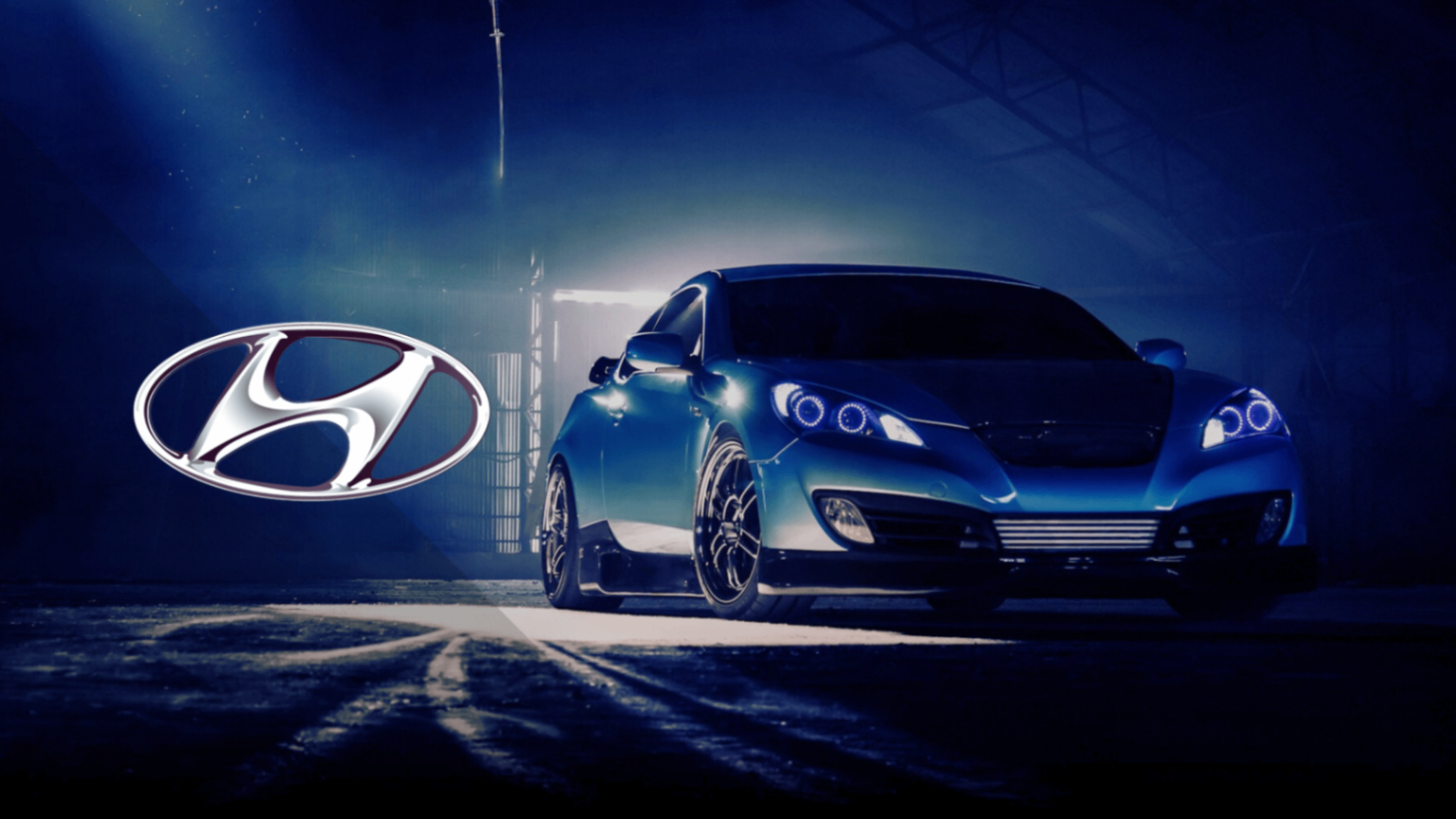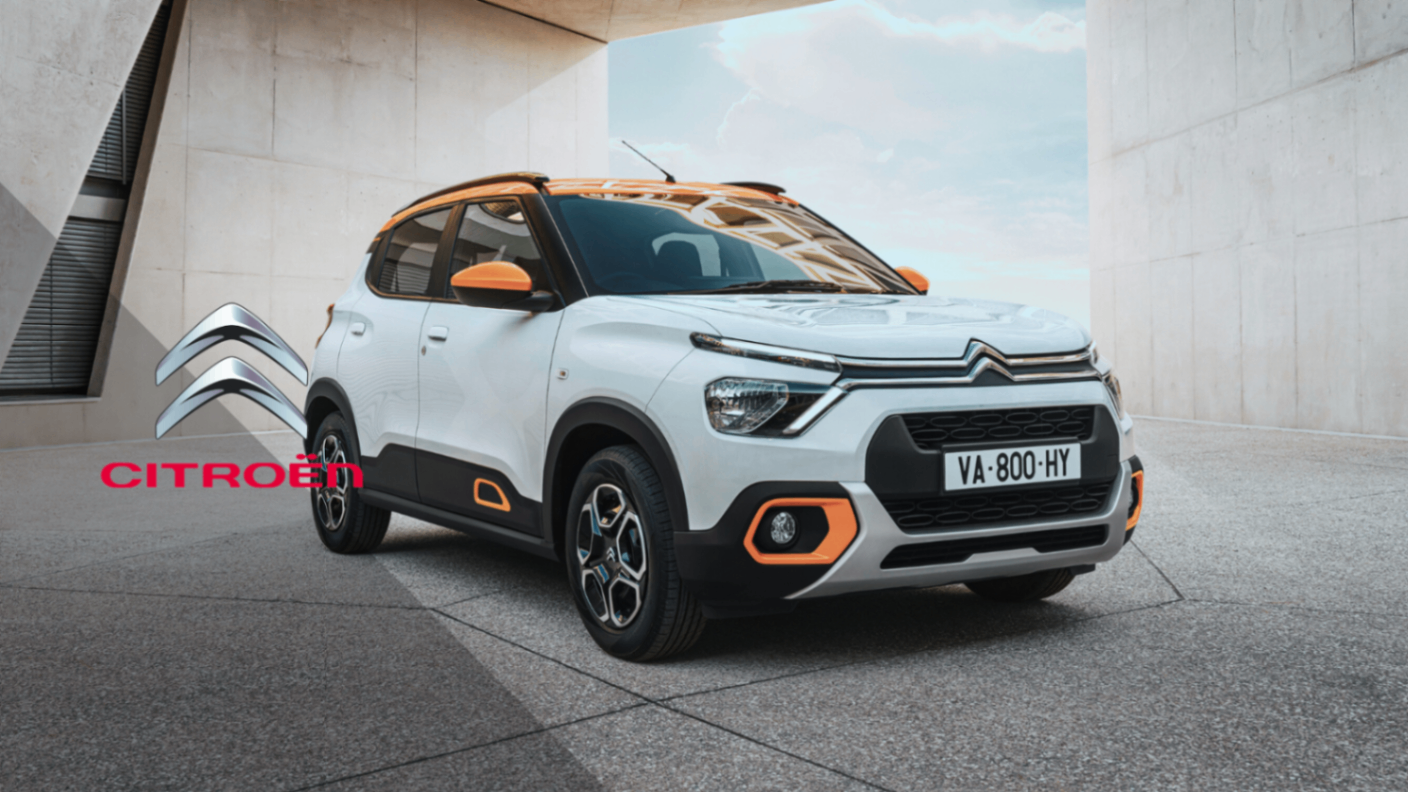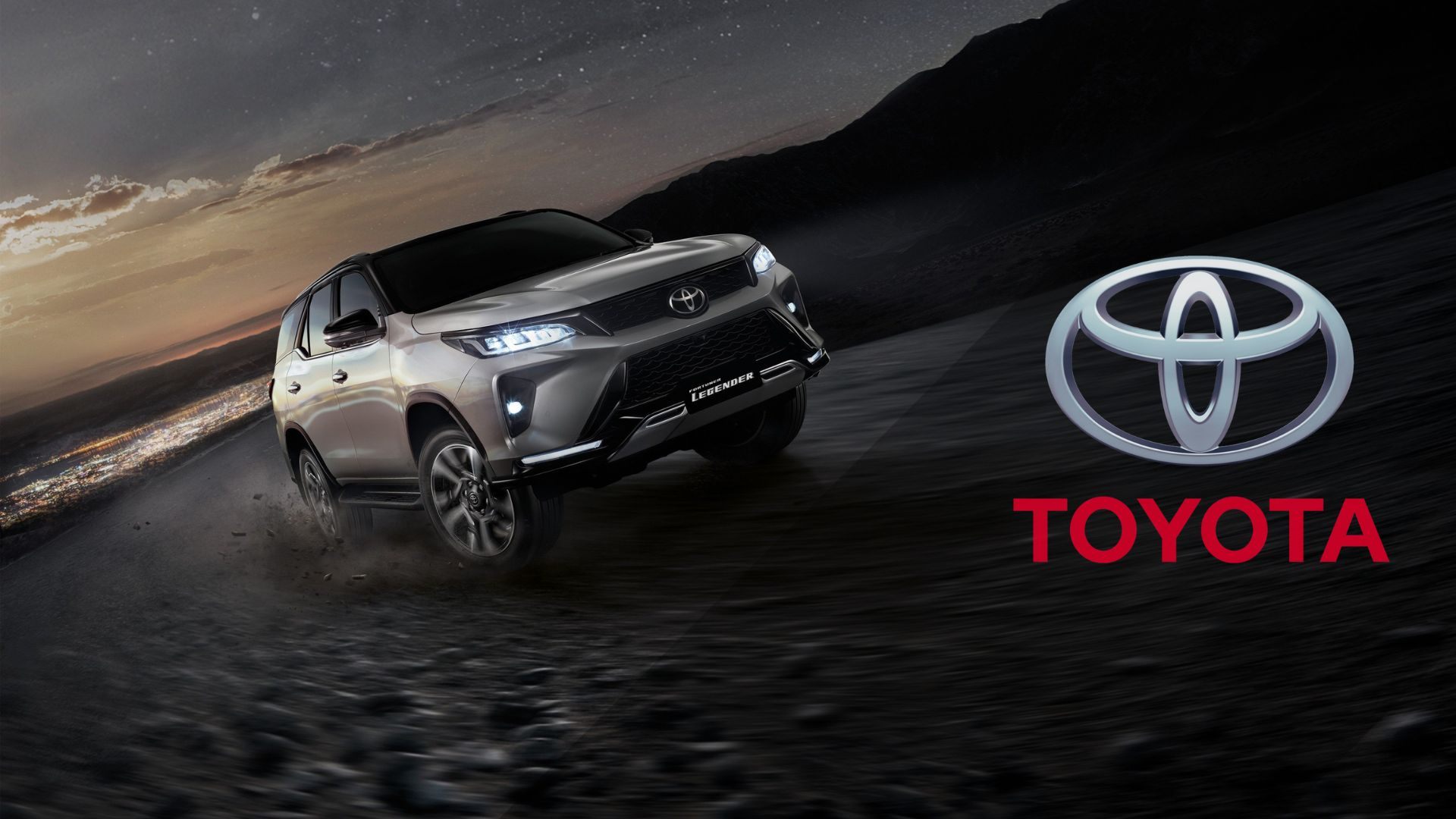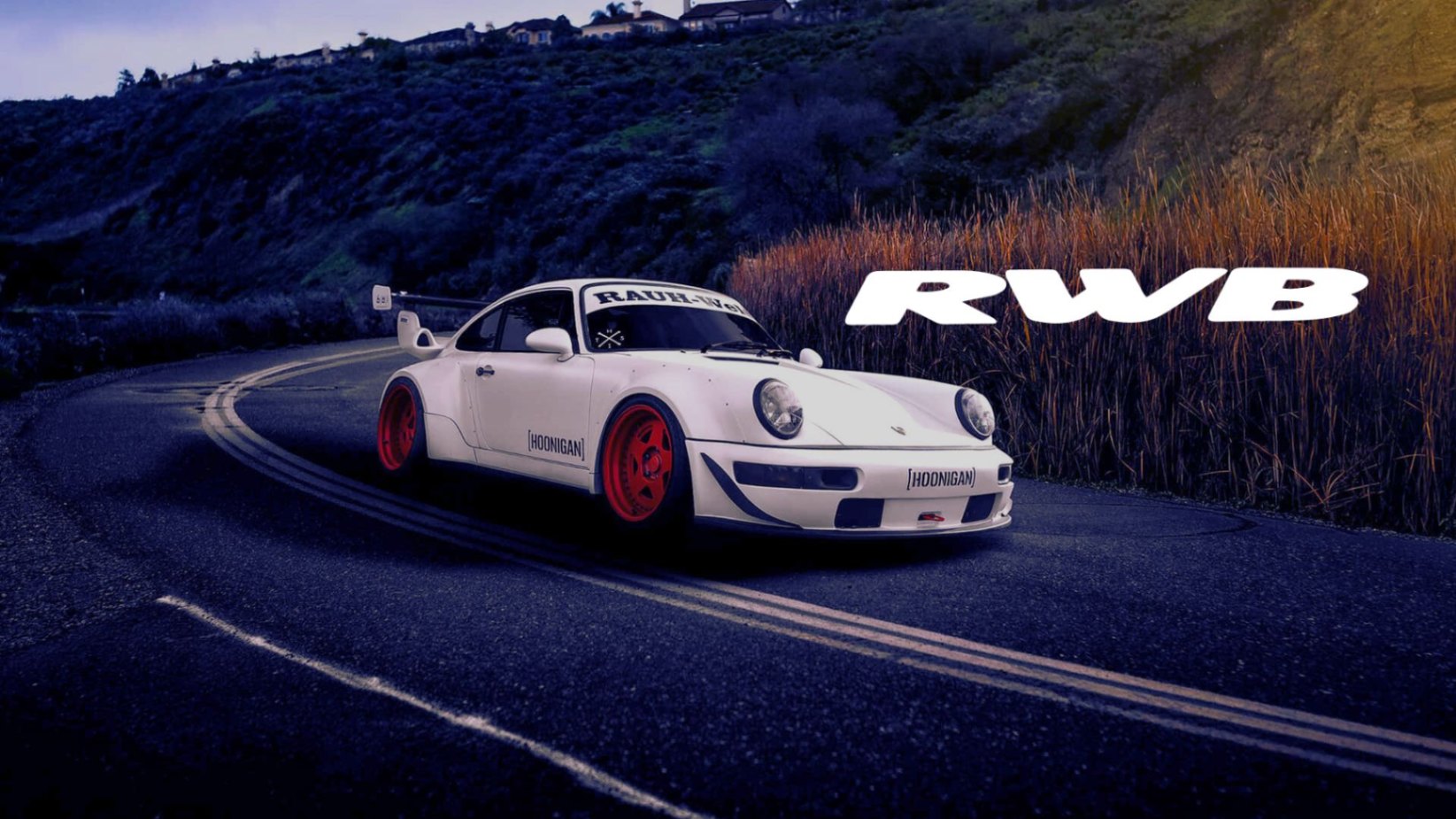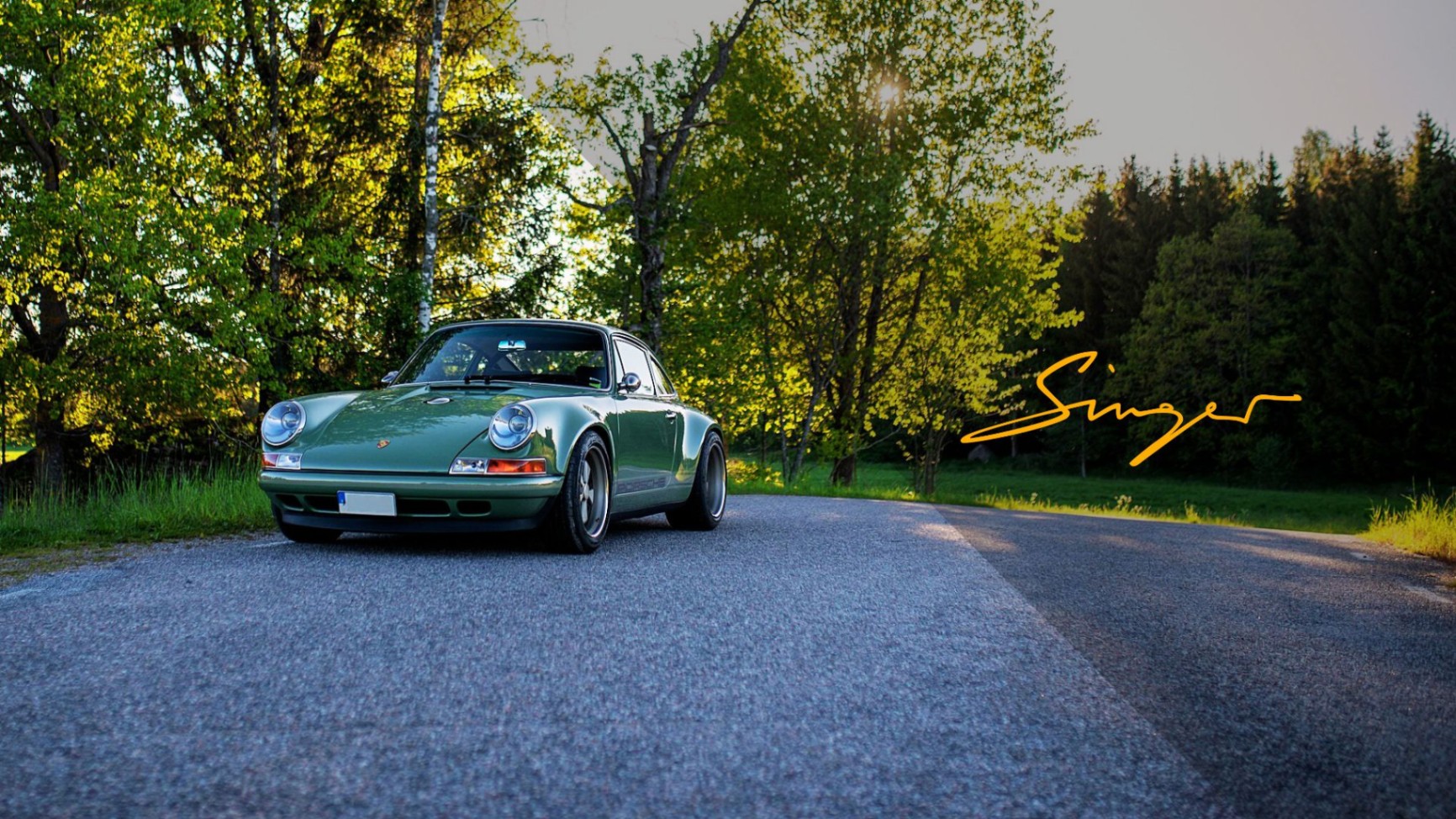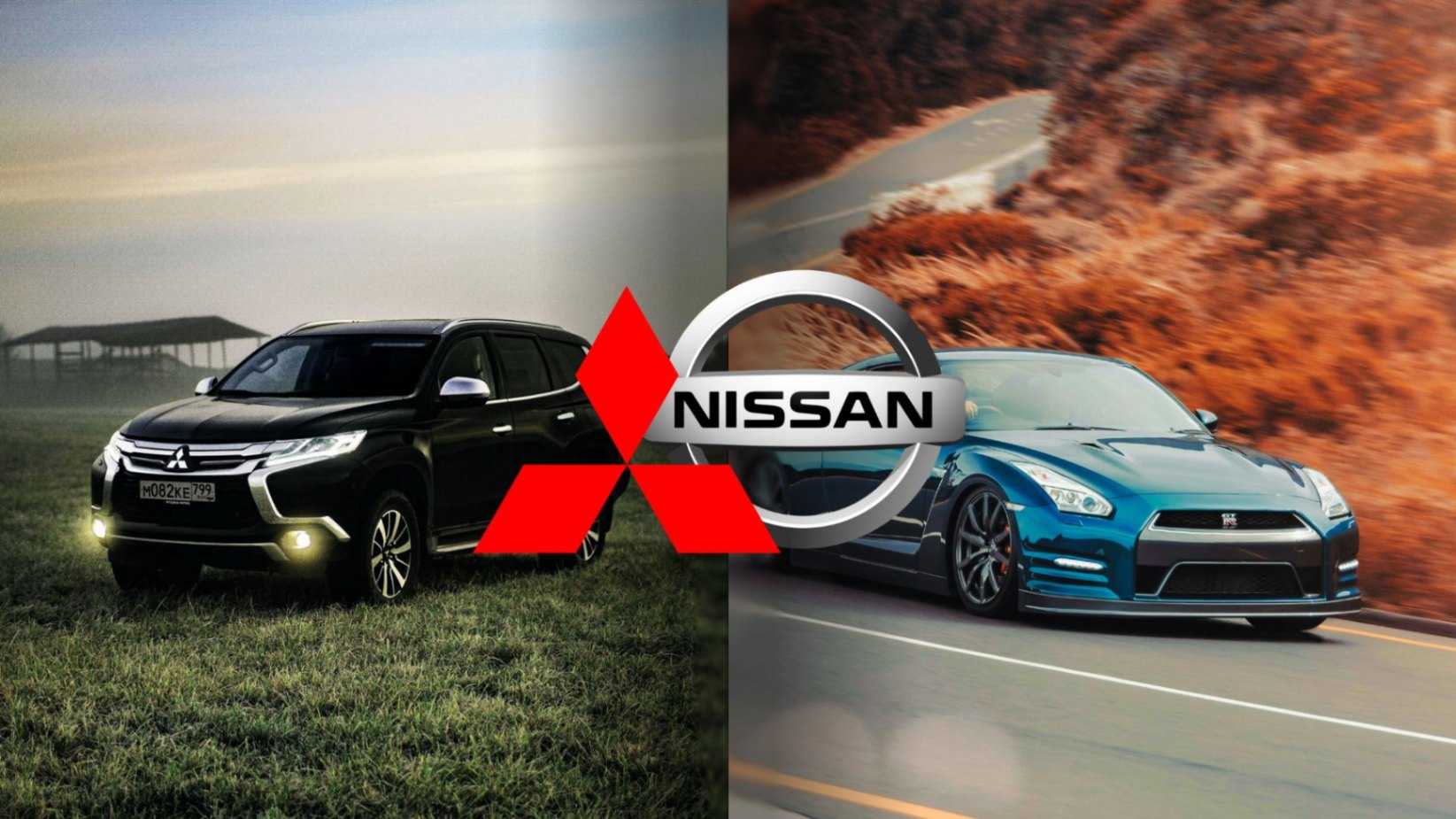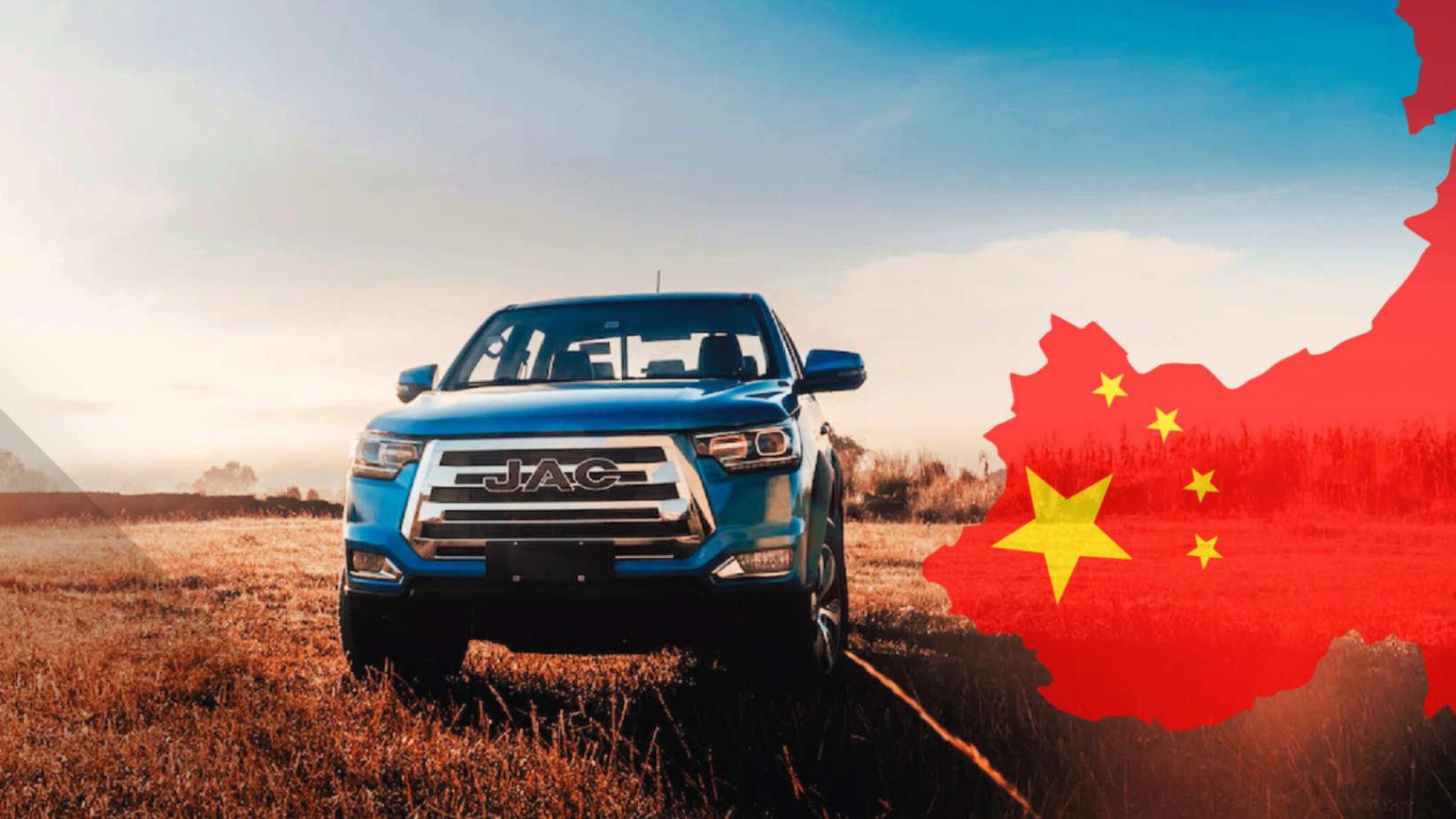
Imagine a world devastated by war! Amid the ruins and despair, one man dares to dream of a better future. In this video, we will witness how Honda rose against all odds, becoming one of the most successful companies.
His Humble Beginnings
Soichiro Honda was born in 1906 in the village of Hamamatsu, Japan. He wasn't born into a wealthy family. His father, Kichijiro Honda, was a blacksmith who worked hard to support his family. His mother, Raki Honda, was a seamstress dedicated to caring for the home and raising their seven children. From a young age, Soichiro was surrounded by manual labor and the importance of hard work. He watched his father forge metal in the smithy, learning about tools and techniques.
One day, the young Soichiro, just 8 years old, watched in awe as a Ford Model T passed through his village in Hamamatsu. The roar of the engine, the speed at which it moved, and the sense of freedom the vehicle conveyed completely captivated him.
Learn more about Ford in: He Hated Working on the Farm and Created Ford | The Story of Ford
A turning point in his life came when his father opened a bicycle repair shop. This shop became Soichiro's second home, where he spent hours watching the workers repair and adjust the bicycles. His fascination with mechanics and engineering began to grow as he learned about the functioning of these machines.
At 15, he started working in his father's shop, learning the trade. He dismantled and reassembled the bicycles, looking for ways to improve them and make them more efficient.
But Soichiro made a bold decision: to leave behind the familiarity of his hometown to embark on a new adventure in the vibrant city of Tokyo. His goal was clear, to learn everything he could about engineering and mechanics, which increasingly fascinated him.
In the vastness of Tokyo, he found work as an apprentice at Art Shokai, an automobile repair shop. Surrounded by tools, spare parts, and vehicles of all shapes and sizes, Soichiro absorbed knowledge like a sponge. He carefully observed the experienced mechanics, learning repair, assembly, and maintenance techniques. His curiosity drove him to explore the inner workings of engines, disassembling and reassembling them with precision.
At Art Shokai, Soichiro also discovered his passion for speed. At local motorcycle races, he marveled at the power and agility of the machines, dreaming of one day creating his own vehicles.
In his spare time, Soichiro experimented with different engine modifications, seeking to improve their performance and efficiency. The head of Art Shokai, impressed by Soichiro's dedication and talent, presented him with a challenge: to build a racing car. The young man accepted the challenge without hesitation.
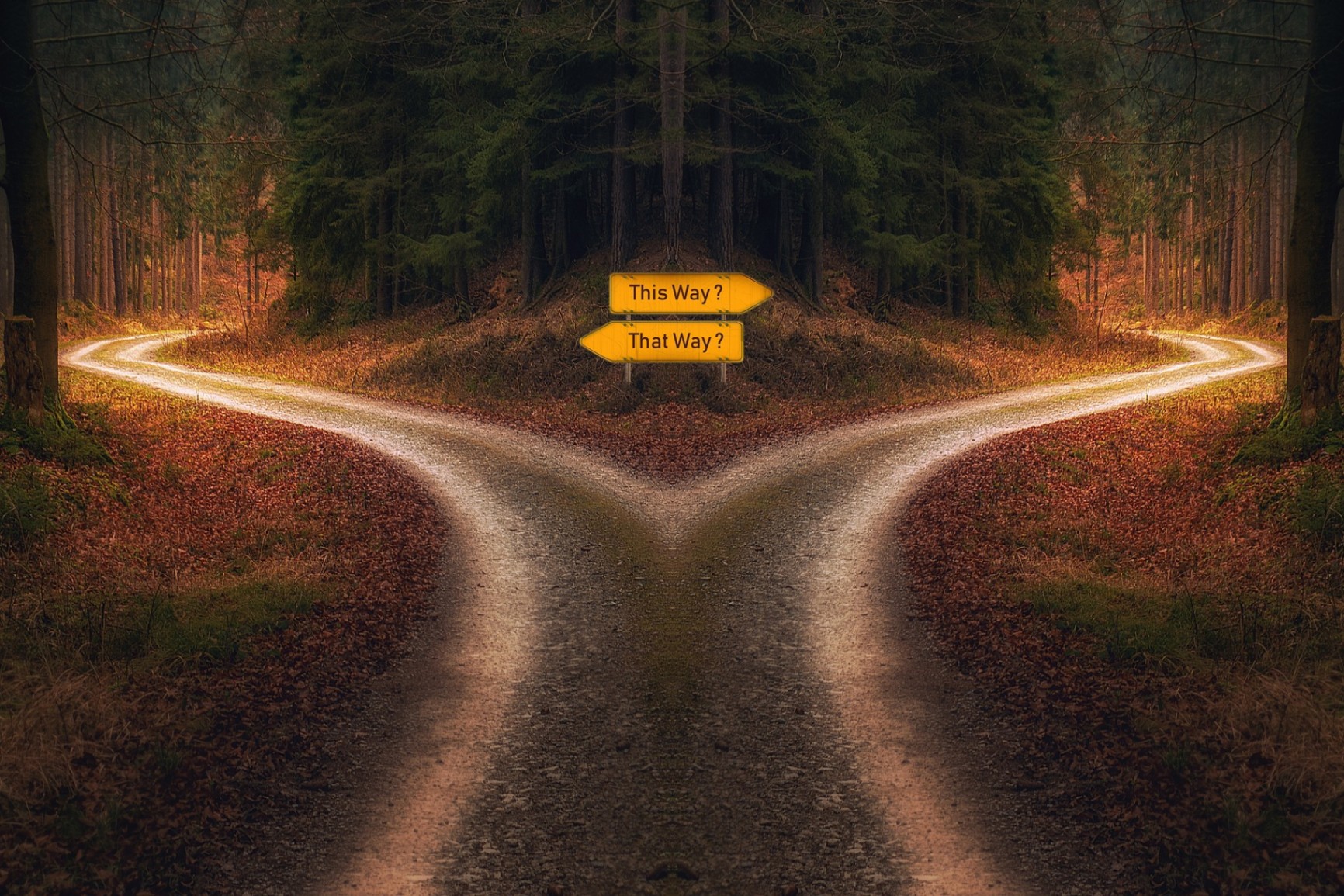
His First Racing Car
At just eighteen years old, he won the Japanese racing championship in 1924. He competed in a Curtiss R, created from a Mitchell chassis paired with a Curtiss-Wright V8 aircraft engine with an eight-liter capacity.
The championship was held in Tamagawa, a track located on the outskirts of Tokyo. The car faced experienced drivers and more powerful vehicles, but the skill of the driver behind the wheel and the precision of his Curtiss R led them to victory.
Six years later, the young Soichiro, now 24 years old, was ready to strike out on his own. He founded his first workshop, called Hamamatsu Honda Garage, where he offered car repair and sales services. His experience at Art Shokai had given him the skills and confidence needed to thrive on his own.
However, his path was not easy. The Great Depression hit Japan hard in the 1930s, and Soichiro's business suffered the consequences. The demand for cars and repair services plummeted, testing the young entrepreneur.
Still, Soichiro remained active. Years later, with his younger brother Rikiro, they participated in a motorcycle race. The Honda brothers, passionate about engineering and speed, had built their own motorcycle to compete in the race.
Soichiro, with his mechanical experience, handled the design and construction of the vehicle, while Rikiro, with his talent as a driver, took control at the wheel. However, the race did not go as planned. In a tight corner, the Honda brothers' motorcycle lost control and crashed into a wall.
Fortunately, both brothers survived the accident, but Rikiro suffered severe injuries that left him bedridden for several months. This accident marked a turning point in Soichiro's life. The guilt over his brother's injuries tormented him deeply and led him to reconsider his participation in racing. As a result, he decided to focus his efforts on developing safer and more reliable engines.
The War
As the world edged closer to the devastating Second World War, the demand for car repairs, especially military vehicles, was booming. Soichiro, with his mechanical experience, saw an opportunity in this landscape.
In 1937, he founded Tokai Seiki, a company dedicated to manufacturing piston rings for car engines. His main client was Toyota, a rising company in the Japanese automotive industry.
Learn more about Toyota: How a Worker Built an Automotive Empire | The Story of Toyota
Soichiro's decision to focus on producing piston rings turned out to be a very good one. These components were essential for engine operation, and demand for them grew exponentially with the increase in military activity. The success of Tokai Seiki not only provided Soichiro with economic stability but also allowed him to continue developing his passion for engineering.
But World War II marked a dark period in human history, and its effects extended to all areas of life. Soichiro Honda, like many others, was not exempt from the difficulties and tragedies that this conflict brought.
In 1942, he sold a significant portion of his shares in Tokai Seiki to Toyota. This decision was made mainly for economic reasons. The war had generated a shortage of materials and resources, making it difficult to produce piston rings. Selling shares to Toyota allowed Soichiro to obtain capital to keep the company running.
In 1944, one of the American bombings that ravaged Japan struck one of Tokai Seiki's plants. The factory was reduced to rubble, which meant a great material and economic loss for Soichiro.
And incredibly, this was not the only blow he suffered. In 1945, a devastating earthquake struck the Kanto region of Japan, where another of Tokai Seiki's factories was located. The earthquake also caused severe damage to the company's infrastructure, leaving Soichiro with two factories in ruins.
With the help of his employees and tireless work, Soichiro managed to rebuild the destroyed plants. His ability to overcome obstacles was key to Tokai Seiki's survival in such difficult times.
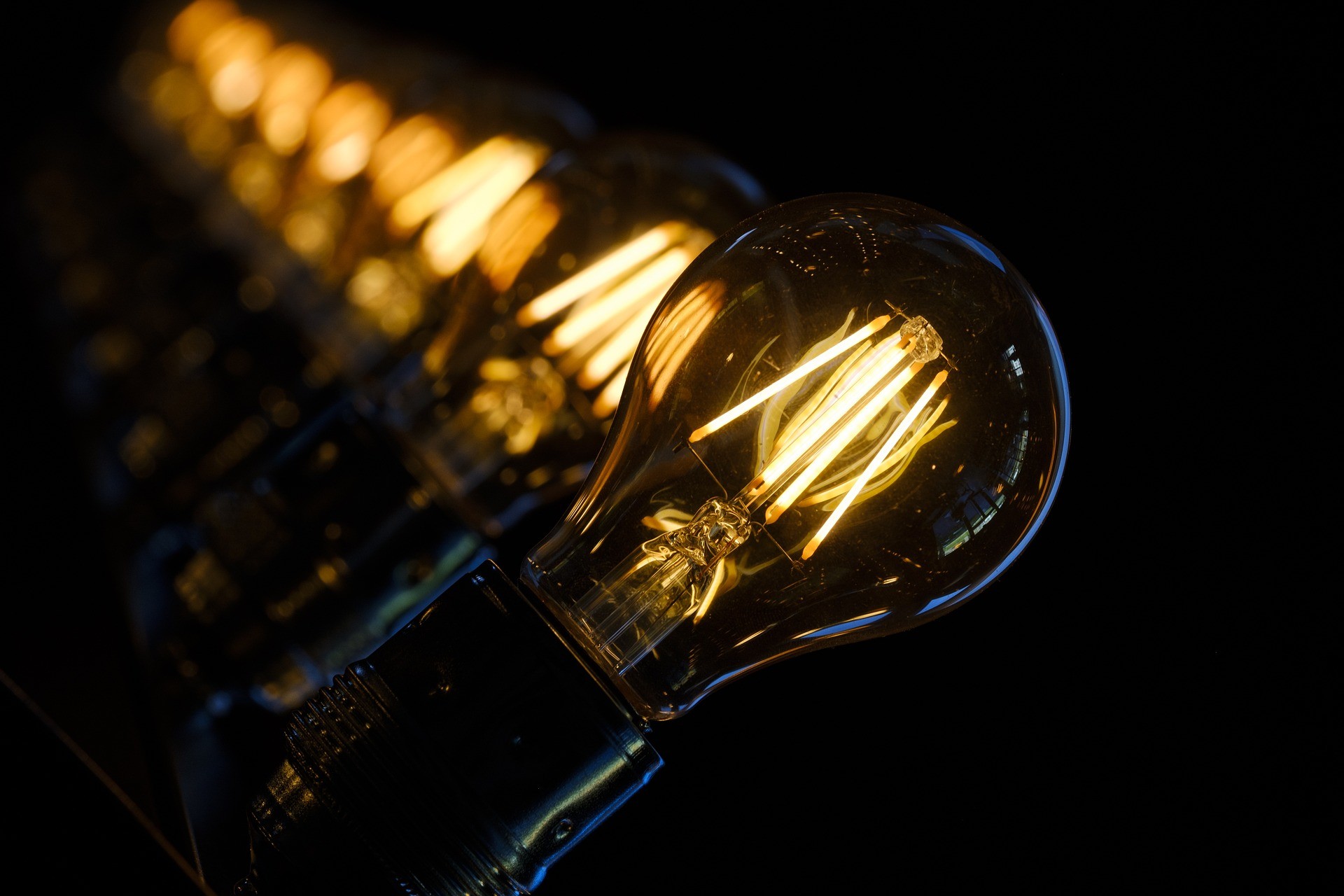
After the War
World War II left Japan in ruins, with a devastated economy and an urgent need for affordable and efficient transportation. In this context, Soichiro saw an opportunity to help his country rebuild.
He began creating motorized bicycles, an innovative solution for the mobility of the population. To manufacture these engines, Soichiro turned to an unexpected source: Japanese radio generators.
Many of these generators had remained in good condition after the war, and Soichiro saw in them an opportunity to recycle and repurpose them. He adapted the radio engines to power bicycles.
These motorized bicycles became an essential means of transportation for the Japanese people, especially in rural areas. And they were the first step in Honda's journey toward becoming one of the world's leading motorcycle and automobile manufacturers.
The Start of the Company
With an initial capital of only 1 million yen (equivalent to about $2,000 at the time) and a team of 20 employees, Soichiro founded Honda Motor Co., Ltd. in a small workshop in Hamamatsu. The beginnings were difficult. Capital was scarce, resources limited, and competition fierce.
But the story of Honda Motor cannot be understood without the union of two brilliant minds: Soichiro Honda, the genius inventor, and Takeo Fujisawa, the master of business.
Soichiro's mind was a hotbed of ideas, constantly seeking new ways to improve engines and vehicles. However, he was an introverted man and not very skilled in business. That's where Takeo Fujisawa came into play. He was a born salesman, with a great intuition for the market and an innate ability to close deals.
Soichiro provided the ideas and technology, while Takeo handled management, finances, and marketing. This combination of talents proved explosive. Under the leadership of Soichiro and Takeo, Honda Motor became one of the most successful automotive companies in the world.
In 1949, they launched the Honda Dream D, the first complete motorcycle manufactured by Honda. Known as Type D or Model D, it marked the beginning of Honda's Dream series. Its main feature was the elimination of the manual clutch, making it easier to use for novice riders. It became an instant success in Japan, driving demand for Honda motorcycles.
In 1951, they launched the Honda Dream E, the successor to the Dream D. It introduced a four-stroke engine, a more advanced and reliable design than the Dream D's two-stroke engine. It also incorporated improvements in suspension and brakes, making it more comfortable and safer to ride. The Dream E solidified Honda's position as a leader in the Japanese motorcycle market and opened the doors for international expansion.
In the 50s, Soichiro made several trips to the United States and Europe to seek out and acquire state-of-the-art machinery to improve the efficiency and quality of the company's motorcycle production.
Thanks to this, they launched the Super Cub, which became a global phenomenon due to its compact and lightweight design that made it ideal for urban environments. Its four-stroke engine was known for its durability and low maintenance. Its fuel consumption was exceptionally low, making it highly accessible to consumers.
The Super Cub quickly became the preferred means of transportation for millions of people. Its success soon spread to other countries, and by the 1960s, it had become the best-selling motorcycle in the world. Its affordability and economy made it an ideal choice for people of all social strata, boosting individual mobility in developing countries.
The Success of the Company
Honda surpassed Yamaha to become the largest motorcycle manufacturer in Japan, and after the initial success of its motorcycles, the company saw the need to increase its production capacity to meet growing demand. As a result, Honda opened new factories in various countries around the world, including the United States, Belgium, Germany, Mexico, and Nigeria.
Learn how Yamaha transitioned from making organs to creating legendary motorcycles | The Story of Yamaha
Additionally, Honda entered the world of sports cars with a big splash in 1963 with the introduction of the Honda S500 at the Suzuka Circuit in Japan. The S500 was a small two-seater sports car with a four-cylinder, 500cc engine that produced 50 horsepower. It was a lightweight and agile car that quickly gained popularity among driving enthusiasts. It incorporated several innovative features for its time, such as independent suspension on all four wheels and a high-displacement engine.
With this, Honda demonstrated that the company could also design and manufacture high-quality sports cars. The S500 was an exciting and attractive car that helped position Honda as a modern and innovative brand. In the following years, the company would launch several iconic sports models, such as the Honda NSX, Honda Civic Type R, and Honda Accord Type R.
In 1964, Soichiro established the Honda Technical Research Institute (Honda R&D). This institute became the center of innovation within Honda, a place where talented engineers and scientists could work together to develop new technologies and groundbreaking products.
The creation of Honda R&D was a strategic decision that allowed the company to maintain its leadership in the automotive industry by investing in cutting-edge research and development. Over the years, it has been responsible for numerous innovations, from the development of the VTEC engine to the creation of the IMA hybrid technology.
The U.S. Market
Honda’s entry into the U.S. automotive market was a challenge, but the 1973 oil crisis created an unexpected opportunity that allowed them to take the lead.
In the early 1970s, the U.S. automotive market was dominated by large American companies like General Motors, Ford, and Chrysler. These manufacturers produced large, powerful cars with high-displacement engines that consumed a lot of gasoline.
The oil crisis caused a drastic increase in global gasoline prices, and consumers began to look for smaller, fuel-efficient cars.
Honda, already known for its motorcycles and small cars in Japan, saw an opportunity in this crisis. The company had begun exporting its cars to the U.S. market in the late 1960s but had not achieved significant market share. However, the oil crisis changed the game.
Honda’s small, fuel-efficient cars, like the Honda Civic, became a highly attractive option for American consumers. In 1974, the Honda Civic became the best-selling imported car in the United States. And in 1975, it became the best-selling car overall in the country.
In addition to its commercial success, the Honda Civic was also the first car to meet the new emissions standards of the U.S. Environmental Protection Agency (EPA). This helped position Honda as a leader in environmental technology.

Soichiro Honda's Retirement
At the age of 65, Soichiro Honda decided to step back and resign from the presidency of the company he had founded. Despite retiring from the presidency, he remained an Executive Director, allowing him to stay involved in the company’s strategic decision-making.
By the late 1980s, Honda was facing some internal management challenges. The company had experienced rapid growth and expansion, leading to communication and coordination problems. These management issues also affected employee morale, as workers began to feel a disconnect from the company and its core values.
So the company decided to enter Formula 1, the most prestigious category in global motorsport. Honda partnered with the McLaren team, one of the most successful teams of the time. Honda’s primary goal in entering Formula 1 was not to win races but to improve the company’s image and boost employee morale.
Watch here: Major Changes in F1 Engines Over Time
Despite not being the main objective, Honda achieved considerable success in Formula 1. They won six Constructors' World Championships and four Drivers' World Championships between 1988 and 1991. Honda’s success in Formula 1 helped improve the company’s image worldwide. Honda became associated with innovation, cutting-edge technology, and competitive spirit. It also had a positive impact on employee morale, as workers felt proud to be part of a company competing at the highest level.
Soichiro received the title of "Supreme Advisor," an honorary position reflecting his great influence and respect within the company. People magazine included him in its list of the 25 Most Intriguing People of 1980. He was compared to the iconic founder of Ford Motor Company, being called the “Henry Ford of Japan.” After his retirement, Soichiro dedicated his time to working on matters related to the Honda Foundation, a nonprofit organization that supports education, science, and technology.
His Legacy
Soichiro Honda passed away in 1991 at the age of 84. His death was a great loss for the automotive industry and for Japan as a whole. He was a visionary and pioneer who revolutionized the industry with his innovative engine and motorcycle designs.
That same year, Brazilian driver Ayrton Senna won the Portuguese Grand Prix, the ninth race of the Formula 1 season. After the race, Senna dedicated his victory to Soichiro Honda in an emotional speech, saying:
“I want to dedicate this victory to Soichiro Honda, a man who inspired me and taught me so much about the value of hard work, perseverance, and innovation. His legacy will live on forever in the world of motorsport.”
Honda was an inspiration to millions of people around the world. His values of hard work, perseverance, and dedication remain relevant today and continue to inspire people to give their best. His story is proof that anything is possible if you have dreams, work hard, and never give up.


